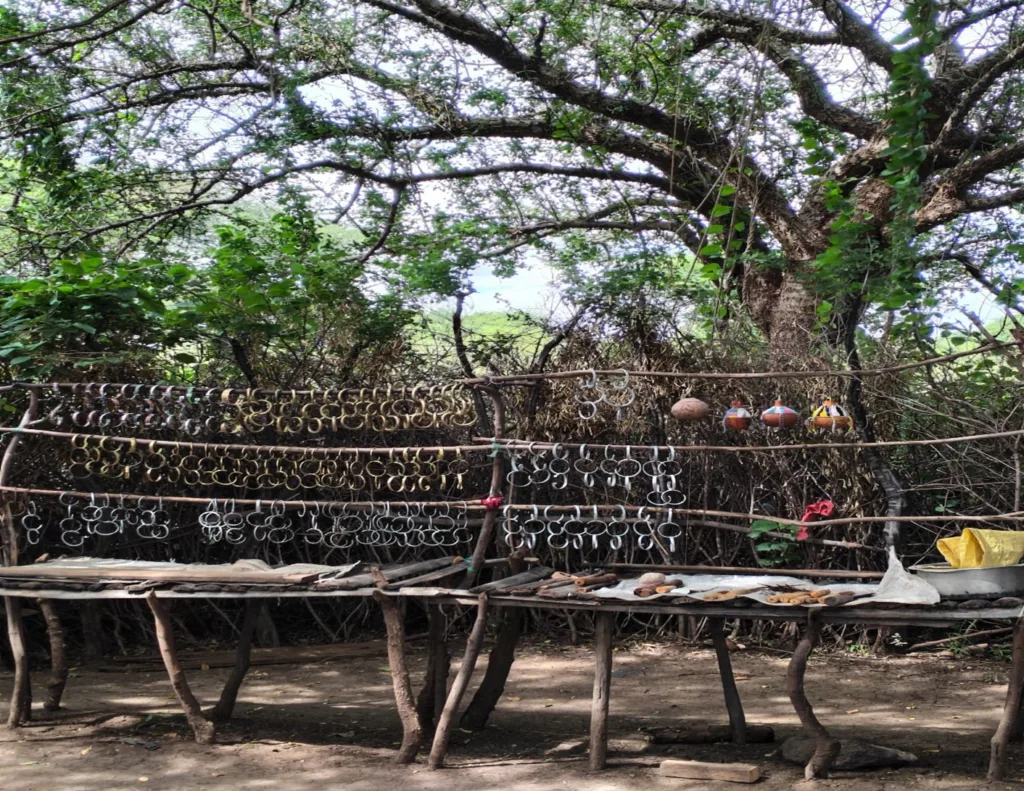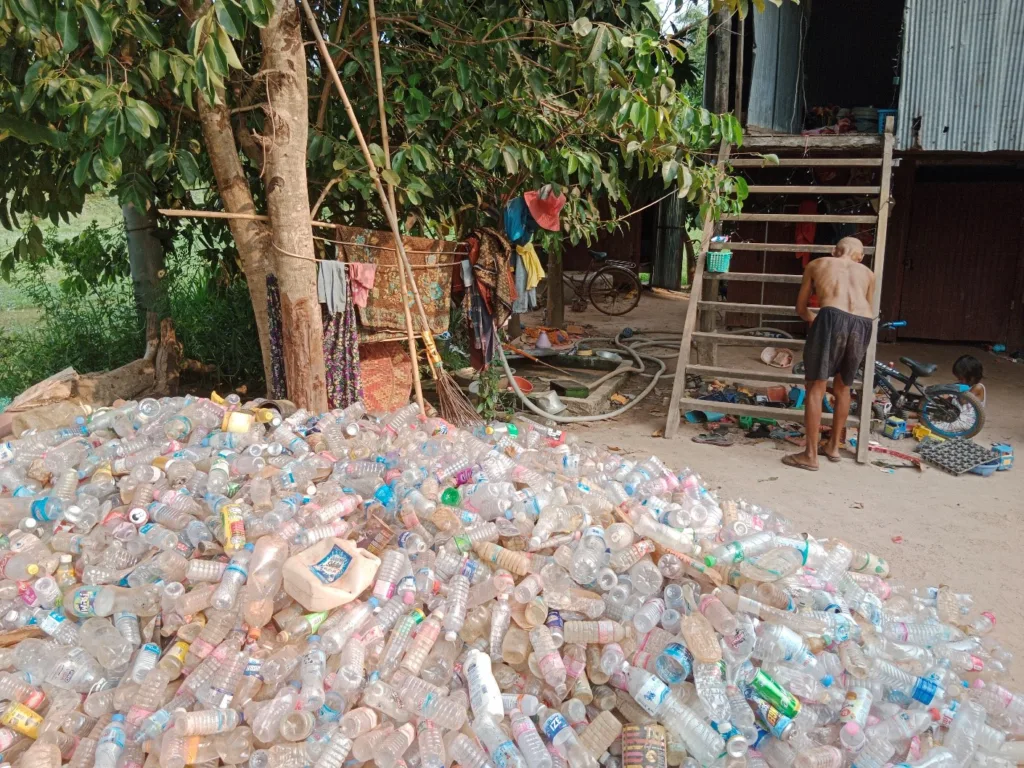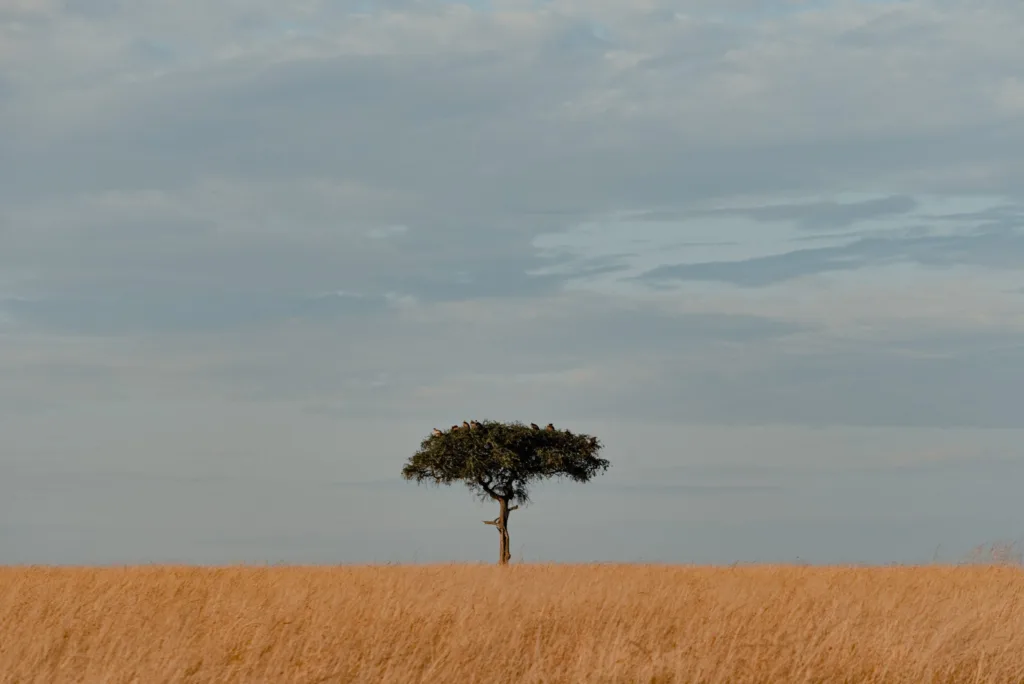Researching Tourism and Conservation in Costa Rica
This semester’s Directed Research project took us right into the epicenter of nature-based tourism in Costa Rica: Manuel Antonio National Park (MANP). Manuel Antonio provides the perfect backdrop for understanding the challenges of balancing ecological preservation and economy within the context of bureaucratic rigidity, and what the implementation (or absence) of a tourism carrying capacity means for a protected area. The 2000-hectare park braces for a new, massive wave of visitors every day (except Mondays, when it remains closed). The past few years have seen nearly 500,000 visitors per year, making it the most visited national park in the country. The trend is pointing further upwards. Such high visitation rates must be monitored thoroughly to ensure the park’s integrity and future existence.
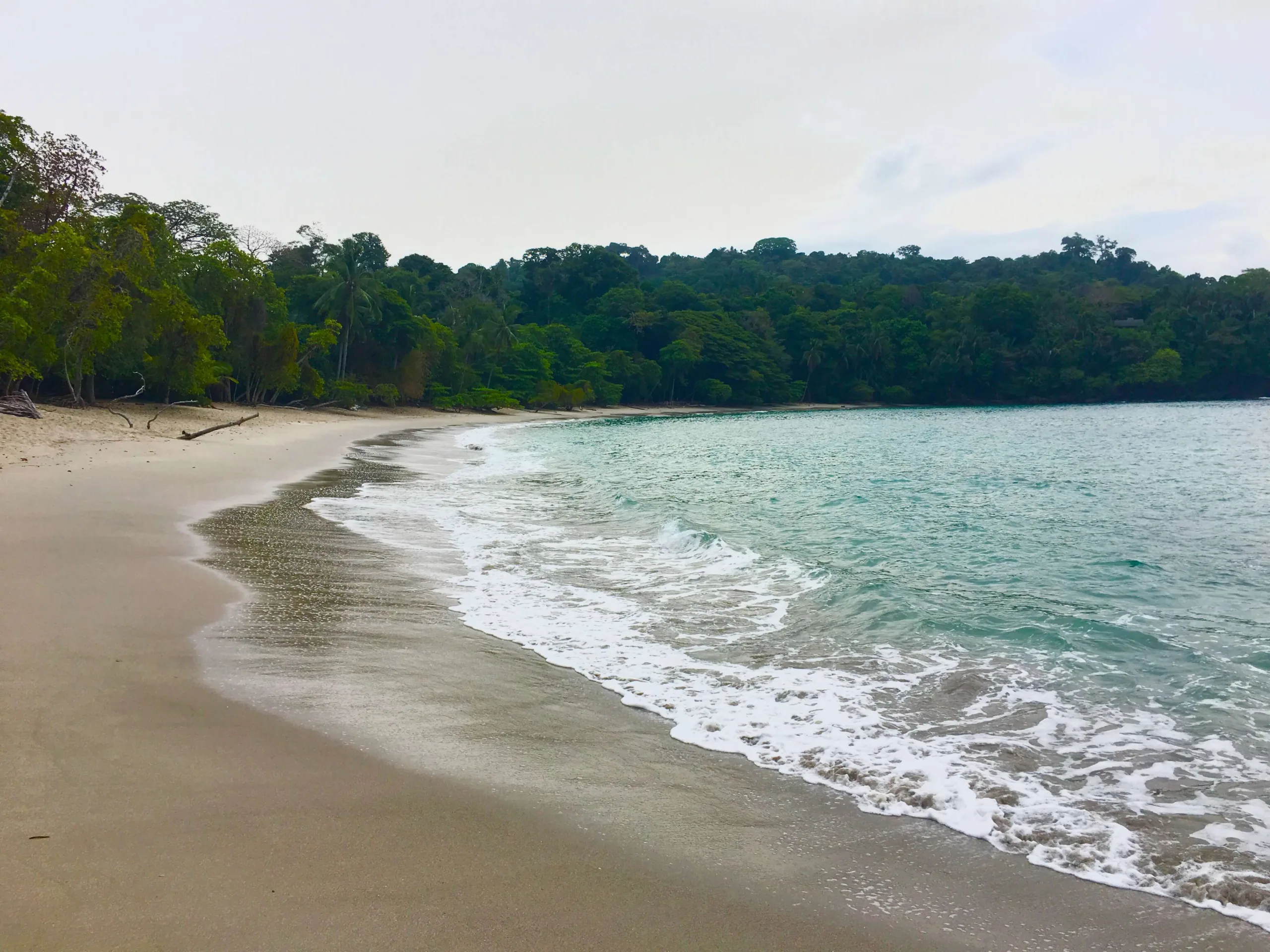
Playa Manuel Antonio
In 2016, we had the honor of receiving an invitation by the park administration to assist in estimating its carrying capacity and in applying a tool called ‘Management of Visitation Flows’. This framework aims at identifying and monitoring negative impacts from visitation and prescribes management actions in the case that certain thresholds are exceeded. For us (students, interns, professor) this project presents an opportunity to learn firsthand about the challenges of nature-based tourism and conservation, and to do work which directly benefits the national park by providing information which is crucial for decision-making and improving the management of its natural resources, within the context of a country whose economy heavily relies on the delicate balance of tourism and the preservation of ecosystems.
Last week our Directed Research team started gathering information inside the park. A pair of students worked on mapping the impacts that visitors have on the different trails around the park. Another student, with the help of rotating assistants, looked to see if the behavior of white-faced capuchin monkeys changed in the presence of humans. The remaining group worked on surveying tourists to determine visitor demographics, motivations and movements inside the park, as well as their overall perceptions of the site. Last, but not least, one student researched the effects of environmental interpretation (especially guided tours) on visitors’ environmental attitudes and behaviors. It was amazing to see the enthusiasm and the amount of information that our students gathered over one week at the park. We both (Andrew and Achim) agree: Yes, this group definitely killed it.
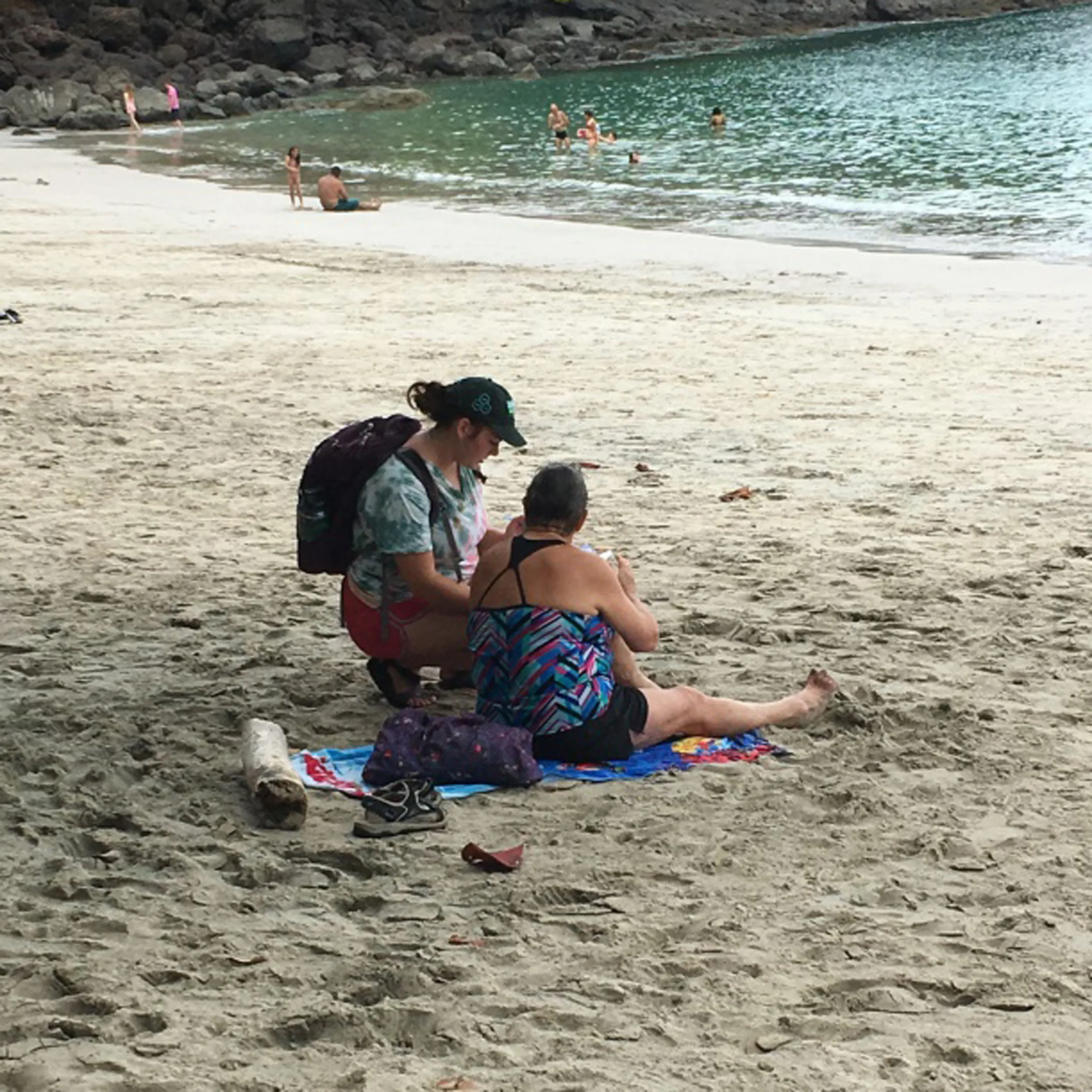
Student Shelby Jefferson surveys tourists
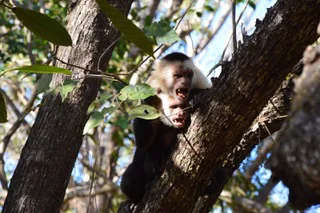
White-faced capuchin monkey couple
Our research highlights the fact that people mostly come to the park for wildlife and beaches, and that their overall satisfaction ratings are very high. On the other hand, crowding is perceived as an issue by some visitors and, despite substantial recent investments by the government, parts of the park infrastructure remain deficient when it comes to dealing with the amount of visitation that occurs during the high season.
To conduct our research we were also granted access to the park on Monday, when the area remains closed to the public. This unique opportunity provided us the chance to get a better perspective on our research, especially for the group studying the monkeys. “Being able to observe and get to know the troops of monkeys was one of the most rewarding experiences of my semester” Natalie Warhit, monkey behavior expert, reflected. Most days these devilishly cute primates flock to the same beach the humans do in search of unguarded food; however, on Monday it proved challenging to even find them. Like the hidden monkeys, the lack of hundreds of people exposed the wear and tear so many people have on MANP: trail erosion in some areas, bathrooms affected by overuse, and beaches which appear to be shrinking under the double pressure coming from land (trampling and erosion) and from the ocean (sea-level rise).
With over three million international visitors last year, all subsectors of the tourism industry must work together to ensure the conservation and preservation of immensely biodiverse ecosystems, as well as the livelihoods of all of the people who depend on them. One woman surveyed stated it best and said that, “Manuel Antonio is a gem and must be maintained so that as many people can see its beauty.” While at times the park feels more like an attraction park filled by unaware tourists touting cameras larger than small children, MANP is truly stunning. The beaches are lined with lush vegetation and blue ocean, monkeys swing from trees, sloths cling to branches, and the forests echo the distinct calls of the diverse fauna within.
We hope these ongoing research project can help preserve these special places for years to come.
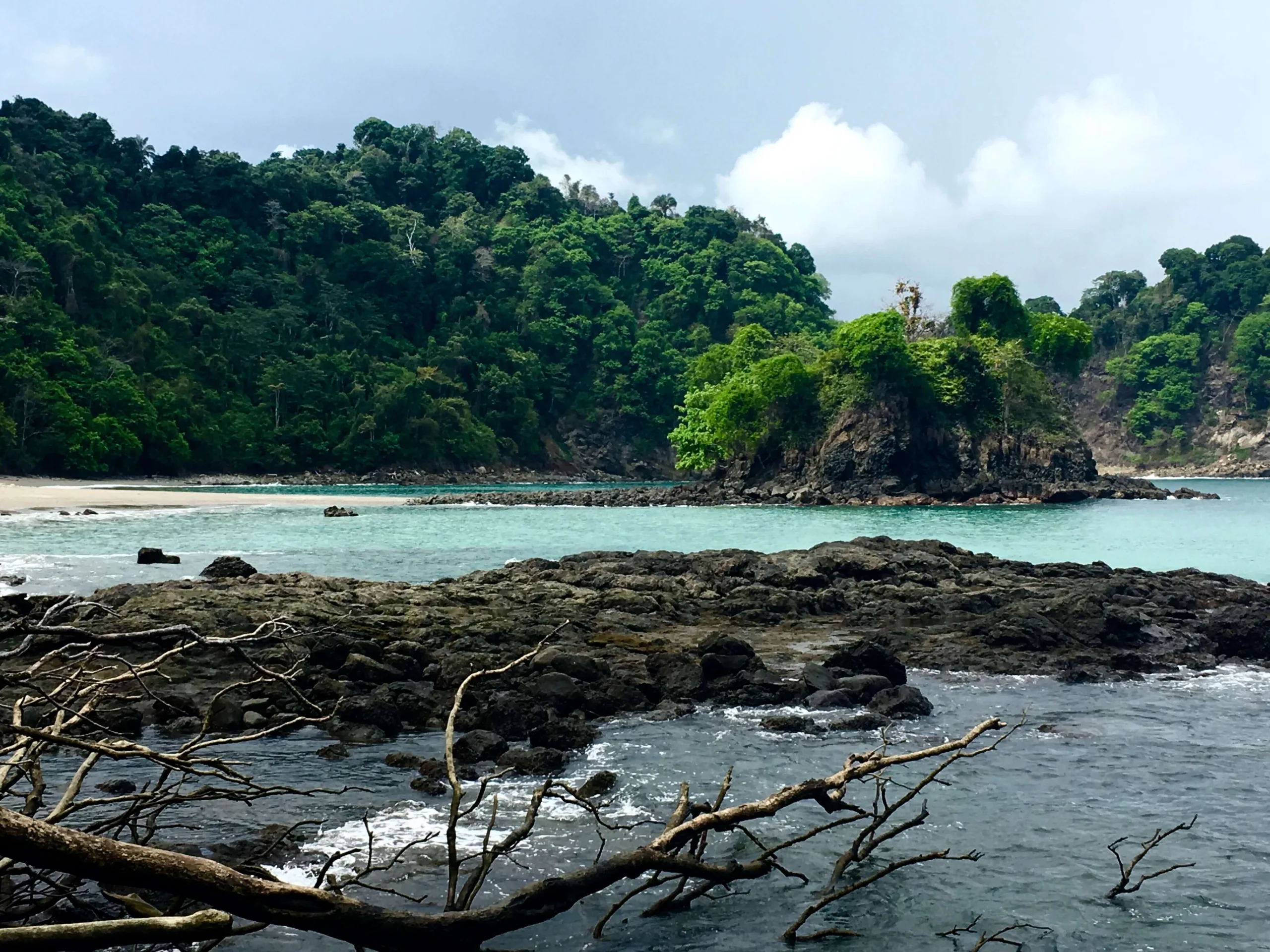
Playa Escondido
Related Posts
